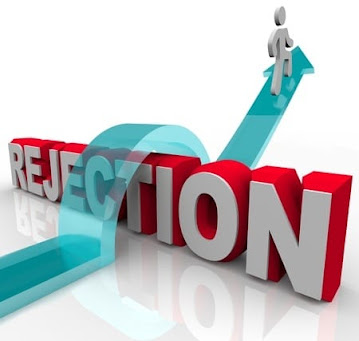POWER OF LOGO
It is often said that “a picture is worth a thousand words,” and this statement also rings true when it comes to corporate logos. Who among us doesn’t recognise Apple, Nike, Coca-Cola, or McDonald’s from just their logo?
In their truest sense, corporate logos are a type of shorthand, allowing consumers to instantly recognise the company and its product. However, logos do not act alone but are part of a company’s visual brand identity program which includes the logo, the design, the colors used and the marketing message. As an example, consider the company that, in my own opinion, is the most widely known company brand in the world: Coca Cola.
From its inception more than 120 years ago, the Coca-Cola logo has used the stylistic handwriting of Frank Robinson – no relation to the author – as part of the logo. The wavy red letter writing over a silver background is instantly recognizable whether it is on a can of soda or the cardboard packaging.
Colour Is Everything
So, what components make up a powerful logo? At their most basic, logos are made up of colour and design. An image shown in vivid reds and oranges gives a completely different feel and meaning (excitement or anger) from the same image shown in pale blues and greens (restfulness and peace). Depending on the product, black typically indicates a premium product which allows the company to charge a higher price for the product when compared to competing brands that use a different colour.
Choosing the Logo
Perhaps the most expensive activity in creating the logo is hiring a professional graphic studio. The studio can help in choosing the right colours, the right design, and the right marketing message. The typical cost of hiring a professional design studio is between $40,000 and $50,000. Today, it is not uncommon to have a logo created for you by an Internet company in as little as 24 hours costing only $19!
Logo Lawsuits
Wherever creativity is involved, lawsuits over logos, corporate trademarks, and other forms of intangible intellectual property are not far behind. One of the largest lawsuits involving logos includes Apple Computer (now Apple Inc.) and Apple Corps (the holding company owned by the 1960s British rock group, the Beatles). Between 1978 and 2007 there were numerous legal disputes between the organisations over competing trademark rights: an apple.
In 1978, Apple Corps, the Beatles-founded holding company and owner of their record label, Apple Records, filed a lawsuit against Apple Computer for logo / trademark infringement which involved the use of an apple as a logo. The suit was settled in 1981 with an undisclosed amount being paid to Apple Corps. This amount had been estimated to be US$50–250 million. As a condition of the settlement, Apple Computer agreed not to enter the music business, and Apple Corps agreed not to enter the computer business.
In 1991, another lawsuit and another settlement involving payment of US$26.5 million to Apple Corps were reached. Outlined in the legal settlement were each company’s respective trademark rights to the term “Apple.” Apple Corps held the right to use Apple on any “creative works whose principal content is music,” while Apple Computer held the right to use Apple on “goods or services ... used to reproduce, run, play or otherwise deliver such content,” but not on content distributed on physical media. In other words, Apple Computer agreed that it would not package, sell or distribute physical music materials.
In 2010, the parties reached a final settlement that included the launch of the Beatles’ music catalogue being made available on the iTunes platform. It is hard to believe that after almost 20 years of legal action, the central issue of the case involved the use of an apple as a corporate logo. This is why it is so important to protect one’s corporate logo through legal means.
What is the value of a corporate brand logo?
While it is difficult to separate out is the actual monetary value the logo adds to the company’s profitability, Interbrand, the global brand consultancy, conducts an annual ranking of the value of the corporate brand, which includes logos. After excluding all of the company’s physical assets such as office space, real estate, manufacturing plants, etc., what is left over is the intangibles such as logos, trademarks, and other intellectual property.
Conclusion
Other than the mission, vision, and core values, the corporate logo is perhaps the most important weapon in a company’s visual identity arsenal. Using the appropriate design, colour, and marketing message.
From: University Magazine- Virginia International University, USA.






Comments